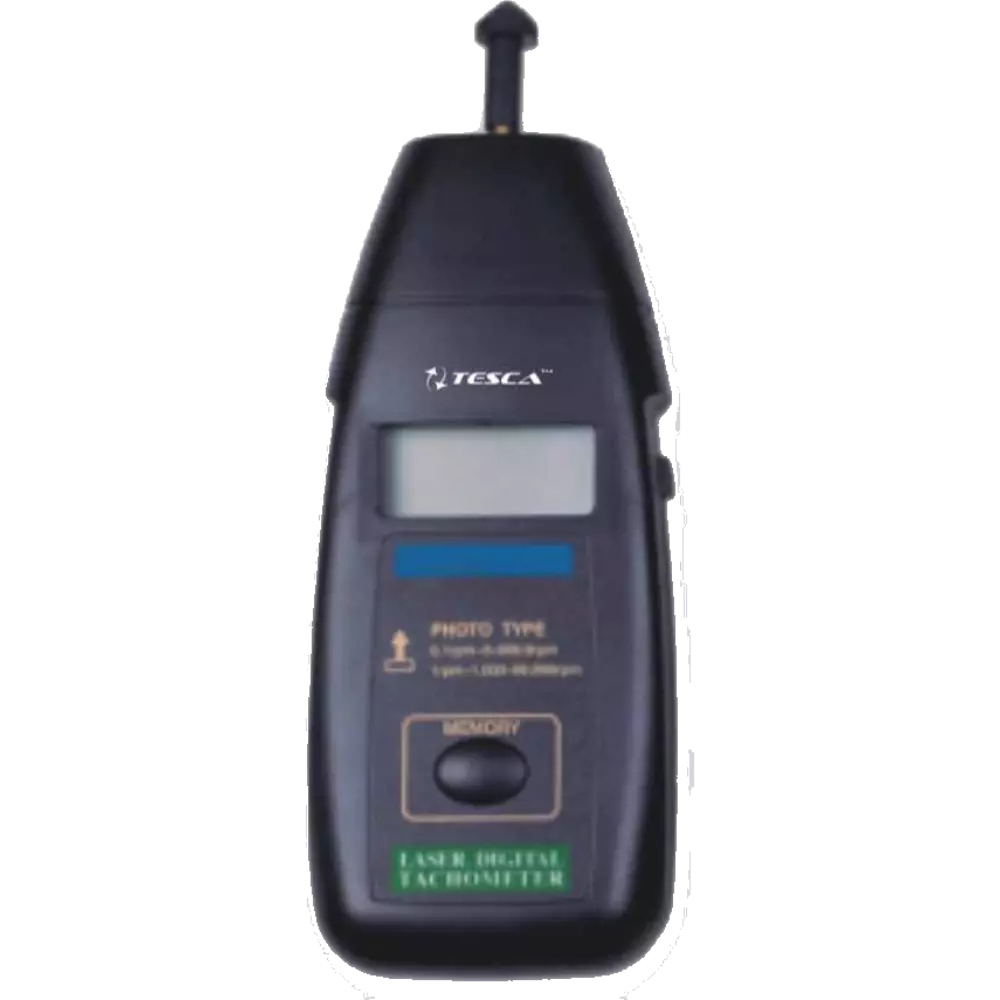Just how to Pick the Right Tachometer for Your Car or Motorcycle
Just how to Pick the Right Tachometer for Your Car or Motorcycle
Blog Article
Unlocking the Tricks of Tachometers: Everything You Need to Know About This Vital Tool in Your Automobile
Recognizing the ins and outs of tachometers can supply useful insights right into your automobile's efficiency and maintenance needs. From gauging engine speed to analyzing the data it offers, tachometers function as a critical tool for car owners and fanatics alike. By untangling the enigmas behind this vital instrument, you can unlock a wide range of info that can enhance your driving experience and ensure the long life of your automobile.
Significance of Tachometers
The significance of tachometers exists in their capacity to give vital real-time data about an engine's rotational rate, enabling for accurate tracking and upkeep of machinery. By determining the changes per min (RPM) of an engine's crankshaft, tachometers offer useful insights right into the engine's performance - tachometer. This information is important for ensuring that the engine runs within its optimum variety, staying clear of prospective damage from over-revving or underperforming
Tachometers play a crucial role in aiding operators and professionals discover any anomalies in the engine's rate, which could suggest concerns such as gas inadequacy, mechanical problems, or too much pressure on the engine. By quickly determining these issues with tachometer readings, maintenance can be executed proactively, stopping costly fixings and downtime in the long run.
Moreover, tachometers are specifically essential in high-performance lorries and equipment, where precise control over engine rate is essential for optimal operation. Racing cars and trucks, airplane, and commercial equipment depend on tachometers to provide peak efficiency while preserving safety and security criteria. Essentially, tachometers are not just instruments for measuring speed but essential tools for guaranteeing the smooth and efficient operation of engines across various applications.
How Tachometers Step Engine Speed
Utilizing sensing units that discover the frequency of electric pulses produced by the engine's ignition system, tachometers accurately determine the rotational speed of an engine. By monitoring the price at which these pulses are gotten, tachometers provide real-time responses on exactly how quickly the engine's crankshaft is turning per minute, generally referred to as revolutions per min (RPM)
The tachometer's sensor, frequently attached to the engine's ignition coil or stimulate plug wires, chooses up the electrical signals created each time a cylinder fires. These signals are after that exchanged RPM analyses showed on the scale or instrument collection within the motorist's view. Tachometers can be analog or electronic, with modern automobiles commonly including electronic screens for specific and instant RPM analyses.
This information is vital for drivers to comprehend the engine's performance, avoid over-revving, maximize gear moving, and ensure effective gas intake. By accurately determining engine rate, tachometers play a vital function in aiding motorists operate their automobiles safely and efficiently.
Translating Tachometer Analyses
Having a clear understanding of how tachometers determine engine speed establishes the structure for effectively interpreting the RPM readings showed. Analyzing tachometer readings is vital for optimum vehicle performance and engine health and wellness. RPM (Transformations Per Min) analyses on the tachometer show the rate at which the engine's crankshaft is rotating. When the engine is idling, the tachometer needle generally rests around 600-1000 RPM, depending upon the vehicle. As you accelerate, the RPM will enhance, showing the engine's greater rotational speed. When moving gears in a hands-on transmission automobile, the RPM will certainly go down as you engage the clutch and modification gears, after that climb once more as you increase in the brand-new equipment. Checking the tachometer can aid you establish one of the most reliable moving factors to maximize gas economic situation and engine power. In addition, abnormal fluctuations or consistently high RPM analyses can show prospective issues with the engine that may call for specialist interest. By focusing on the tachometer readings and recognizing just how to interpret them, you can ensure your lorry operates smoothly and successfully.


Tips for Utilizing Tachometers Efficiently
To from this source boost driving effectiveness and enhance engine performance, what trick techniques can be applied for effectively using tachometers? Tachometers are essential devices that provide real-time comments on engine rate, allowing vehicle drivers to make educated choices for better performance - tachometer. Below are some tips for utilizing tachometers properly:
Comprehending Optimum RPM Range: Familiarize on your own with the optimal RPM (Transformations Per Min) array for your car. This variety ranges various cars and is typically suggested in the proprietor's manual. Keeping the engine within this variety can enhance gas performance and extend the engine's lifespan.
Changing Equipments at the Right Time: Make use of the tachometer to establish the ideal time to change equipments. Goal to change equipments when the RPM reaches the ideal range for the next gear.
Keeping Track Of Engine Stress: High RPMs for long term durations can strain the engine. Keep an eye on the tachometer to avoid over-revving, especially during velocity or when lugging hefty tons.
Tachometers and Car Maintenance
When considering vehicle upkeep, tachometers play a crucial duty in keeping an eye on engine efficiency and discovering prospective issues. Tachometers give crucial information on engine speed, allowing vehicle drivers and technicians to guarantee that the get more engine is operating within the advised RPM variety. Consistently keeping an eye on the tachometer analyses can assist identify issues such as engine misfires, worn-out trigger plugs, or problems with the fuel distribution system. By focusing on the tachometer, drivers can protect against extreme pressure on the engine, which can cause costly repair services down the line.
In enhancement to finding potential problems, tachometers can additionally aid in maximizing gas efficiency. By maintaining the engine rate within the optimal variety, motorists can boost their gas mileage and decrease fuel intake. This not just benefits the motorist's pocketbook but likewise adds to ecological conservation by reducing dangerous exhausts.
Conclusion

Report this page